The temperature feels like summer is still in full swing, yet this week, thousands of Los Angeles schoolchildren headed back to the classroom.
Tag: social distancing
At start of COVID-19 pandemic, masking compliance of shoppers in Chinese store influenced their in-store behaviors
As the coronavirus began to spread globally, face masks were recommended in public settings to protect against transmission, and compliance varied significantly.
History saved lives in this pandemic. Will society listen next time?
As the pandemic enters its fourth year, the medical historian whose team’s work on the 1918 flu influenced the “flatten the curve” approach in 2020 reflects on what lessons for the future can be drawn by studying recent pandemic history.
How the pandemic and social distancing have changed our perception of time
Brazilian researchers surveyed 900 volunteers via an online platform for five months. Most reported feeling that time passed more slowly during home confinement in the early months of the pandemic, associating this perception with feelings of loneliness.
Seniors Should Stay Fit, Body & Mind – Chula Suggests Ways to Exercise Safely at Home to Keep COVID-19 Away
Chula physical therapy specialist invites seniors to exercise to boost their immunity against COVID-19 and stay fit even during home quarantine with easy ways to exercise at home during the lockdown.
Social distancing measures in the spring of 2020 effectively curbed the COVID-19 pandemic in Germany
The measures adopted in mid-March 2020 to contain the COVID-19 pandemic both greatly reduced people’s mobility and effectively prevented the spread of COVID-19 in the following three weeks.
Early social distancing results in smaller death tolls, but leads to larger second waves
Early social distancing results in smaller death tolls, but leads to larger second waves, according to research led by faculty at Binghamton University, State University of New York.
Early COVID-19 shutdowns helped St. Louis area avoid thousands of deaths
A new study from Washington University School of Medicine in St. Louis estimates the number of deaths that could have occurred had public health orders been delayed for one week, two weeks or four weeks as the pandemic was first taking hold in St. Louis city and St. Louis County. The analysis suggests that, in the first three months of the pandemic, the region avoided thousands of hospitalizations and deaths with early and coordinated public health measures.
Appropriate Technologies: The COVID-19-Era Heroes Yet to Come to “Center Stage”
The COVID-19 outbreaks in Thailand have seen an ever-increasing number of infections as new clusters are emerging. The faculty members of Sasin School of Management — Prof. Dr. Kua Wongboonsin, Asst. Prof. Dr. Piyachart Phiromswad, Assoc. Prof. Dr. Pattanaporn Chatjuthamard, Asst. Prof. Dr. Pattarake Sarajoti, and Asst. Prof. Dr. Sabin Srivannaboon, with financial support from the National Research Council of Thailand (NRCT), jointly present ways to reduce the spread of COVID-19 sustainably in a study to identify technologies that can instantly and appropriately help professionals who find social distancing difficult.
Tip Sheet: Disparities in cancer outcomes, catching up on cancer screenings, boosting immunotherapy effectiveness and SARS-CoV-2 origins
SEATTLE — July 7, 2021 — Below are summaries of recent Fred Hutch research findings and other news.
Response to COVID-19 Vaccines Varies Widely in Blood Cancer Patients
Patients with a type of blood cancer called multiple myeloma had a widely variable response to COVID-19 vaccines—in some cases, no detectable response—pointing to the need for antibody testing and precautions for these patients after vaccination, according to a study published in Cancer Cell in June.
New analysis reveals link between birthdays and COVID-19 spread during the height of the pandemic
Risk of SARS-CoV-2 infection increased 30 percent for households with a recent birthday in counties with high rates of COVID-19
Findings suggest informal social gatherings such as birthday parties played role in infection spread at the height of the coronavirus pandemic
No birthday-bash infection jumps seen in areas with low rates of COVID-19
Households with children’s birthdays had greater risk of SARS-CoV-2 infection than with adult birthdays
UCLA-led Research Finds Connections Between Air Quality and COVID Vulnerability
Even as governments across the United States consider lifting mask mandates and relaxing preventative measures as vaccination numbers creep up, new research from a UCLA-led team has found that such basic techniques significantly reduce the risk of getting COVID-19. In addition, the research found that U.S. counties with higher exposures to poor air quality, historically, saw higher county-level COVID-19 mortality rates in 2020.
Study shows rapid return of respiratory viruses after COVID-19 restrictions relaxed
A new Houston Methodist study shows a rapid return of seasonal respiratory viruses after COVID-19 restrictions were relaxed in Texas, demonstrating the apparent effectiveness of masking, distancing and other precautionary measures at stopping the spread of respiratory illnesses. This rise in infections to pre-pandemic levels followed updated governmental guidelines lifting mask, distancing and occupancy requirements.
COVID-19 Simulation Shows Importance of Continued Safety Efforts During Vaccine Distribution
Research published by JAMA Network Open shows how non-pharmaceutical interventions (NPIs) like mask wearing and physical distancing can help prevent spikes in COVID-19 cases as populations continue to get vaccinated.
Women had “alarmingly high rates” of mental health problems during start of the pandemic
With research increasingly showing the COVID-19 virus is transmissible via smaller droplets suspended in air, there is growing concern current guidelines of mask wearing and social distancing are insufficient in indoor environments where people tend to be in close quarters. In AIP Advances, researchers in India show social distancing is equally as important as mask wearing when people indoors are just breathing or participating in normal conversation, even when there is no risk of coughing or sneezing.
COVID-19 transmission rare in schools with masking, distancing, contact tracing
Wearing masks, social distancing and frequent hand-washing have kept in-school COVID-19 transmission low, according to results of a pilot study in Missouri aimed at identifying ways to keep elementary and secondary schools open and safe during the pandemic. The study is part of a larger, ongoing collaboration involving Washington University School of Medicine in St. Louis, the Centers for Disease Control and Prevention, and other groups.
Surveys Find Strong Support for COVID-19 Mitigation Measures Over Time, With Differences By Age, Beliefs, and Party Affiliation
A set of surveys fielded last year found that a large majority of U.S. adults support COVID-19 mitigation measures, including indoor mask wearing, social distancing, and contact tracing, with significant differences across certain groups.
With masks on, three feet is just as safe as six feet apart in Massachusetts schools, researchers find
A study led by Beth Israel Deaconess Medical Center physician-researchers provides new, much-needed data about the optimal physical distancing between students for the prevention of COVID-19 in the school setting.
Rutgers Expert Available to Discuss Coronavirus Risks a Year After Lockdowns Began
New Brunswick, N.J. (March 11, 2021) – Rutgers University–New Brunswick Professor Donald W. Schaffner is available for interviews on the likelihood of becoming infected by the SARS-CoV-2 coronavirus via shopping, groceries, surfaces and airborne/aerosol transmission after a year of lockdowns due to the global pandemic.…
Memorial Hermann physicians urge people to be vigilant during Spring Break
The pandemic is not over, and Spring Break could bring a rise in COVID-19 cases all across the country. An infectious disease specialist from Memorial Hermann urges parents and kids to continue to use the safety guidelines put in place so we can get back to normal, sooner rather than later.
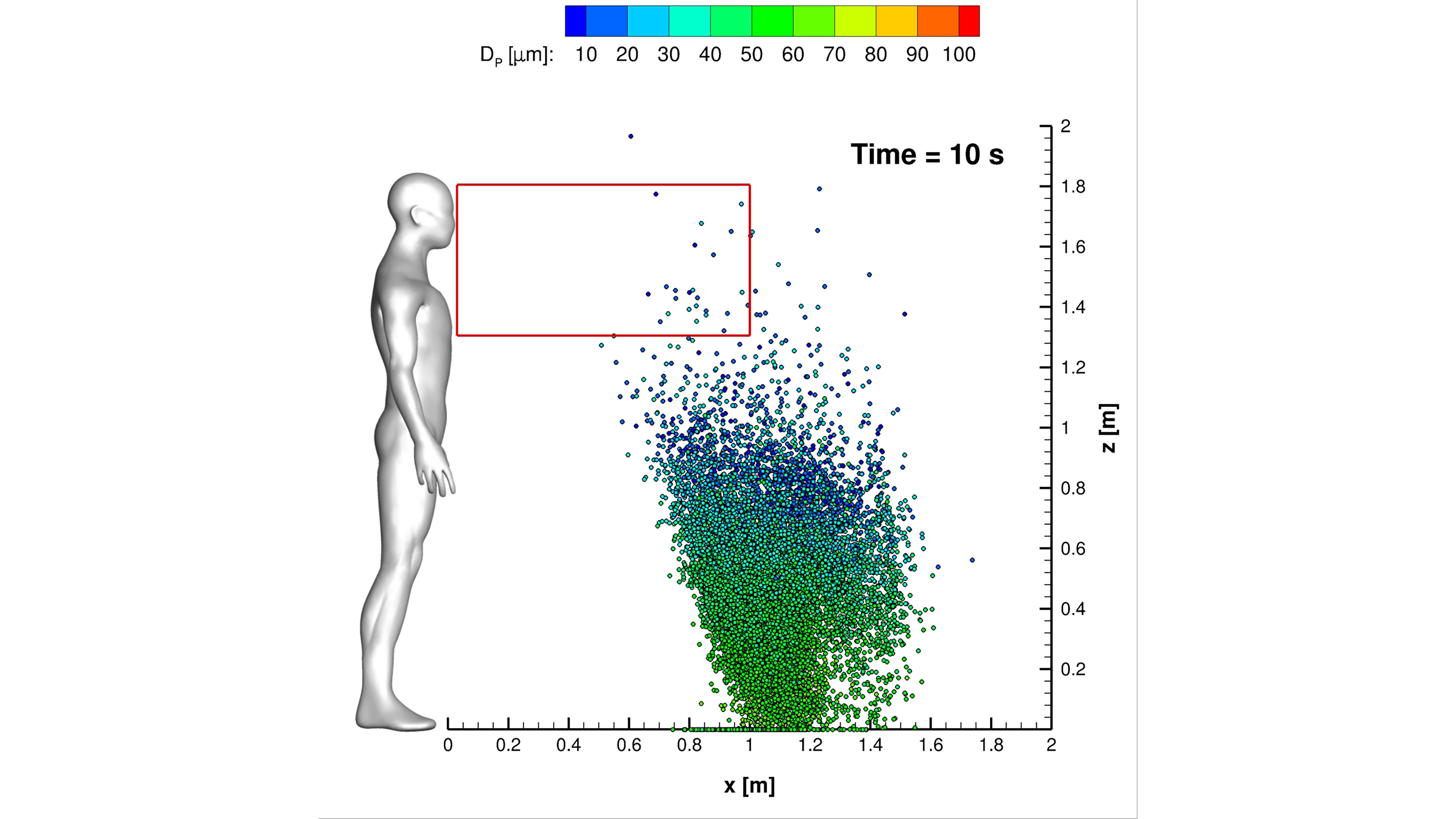
Irradiating COVID-19 Cough Droplets with UV-C Lamps
The extreme confusion at the beginning of the pandemic inspired Marche Polytechnic University researchers, who happen to be intrigued by saliva droplet diffusion, to search for answers and ways to help. In Physics of Fluids, they describe using a supercomputer to do numerical modeling of cough droplets irradiated by UV-C light. They also report exploring the social distances required to prevent virus transmission.
New Jerseyans Relaxing Social Distancing Measures, New Survey Finds
New Jerseyans are relaxing some of their adherence to social distancing and public health recommendations, according to a new survey by researchers from Rutgers University–New Brunswick, Northeastern, Harvard and Northwestern universities.
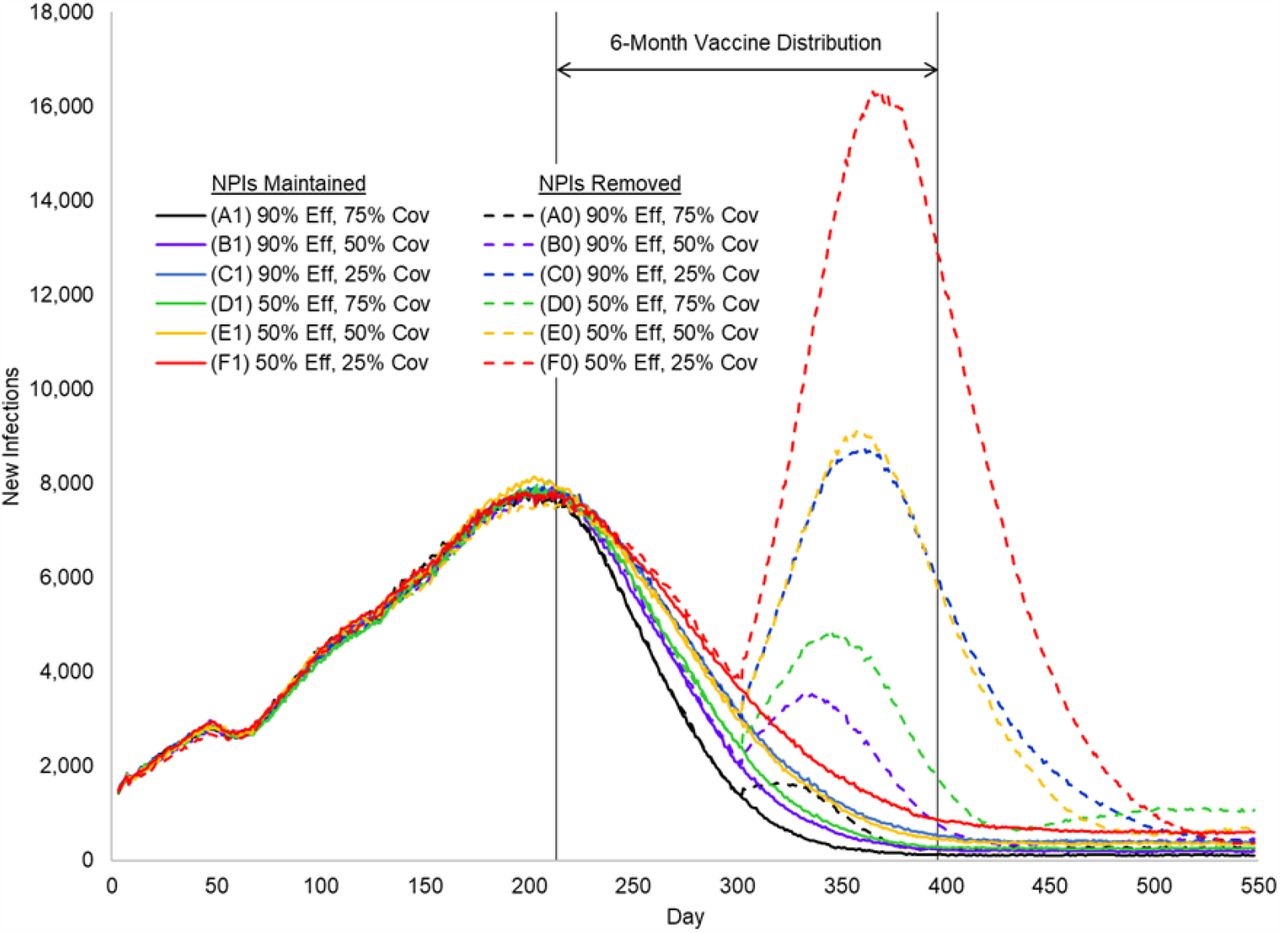
COVID-19 Simulation Shows Importance of Continued Safety Efforts During Vaccine Distribution
Research out on the pre-publication website medRxiv shows how non-pharmaceutical interventions (NPIs) like mask wearing and physical distancing can help prevent spikes in COVID-19 cases as populations continue to get vaccinated.
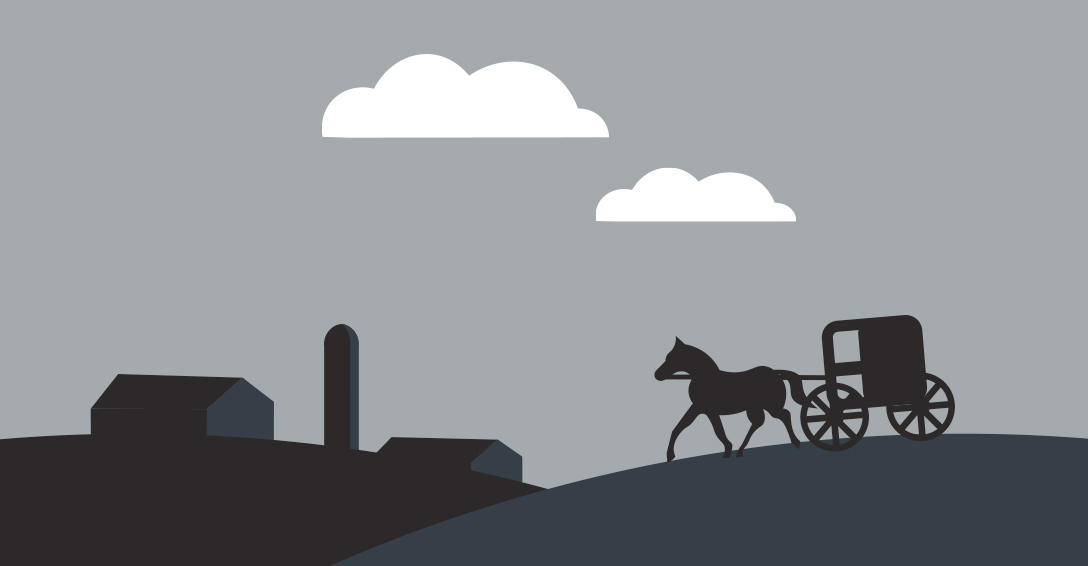
Sociologists study high-risk populations in low-tech communities
Closed religious communities such as the Amish are high-risk populations for the spread of both infectious diseases and public health misinformation, according to sociologists who are working with data from Amish and Mennonite settlements to understand the COVID-19-related beliefs and behaviors.
Queen’s research suggests largescale antibody testing could lower contagion of COVID-19
Research from Queen’s University Belfast suggests that largescale antibody testing could lower social activity and thus contagion of COVID-19 (Coronavirus).
Mount Sinai Joins Challenge Encouraging Public to Get Vaccinated Against COVID-19
The Mount Sinai Health System is joining medical centers across the United States in a grassroots effort to encourage public participation in vaccinations against COVID-19.
A personal benefit of social distancing: lower odds of getting COVID-19
Considering the greater good by social distancing during a pandemic turns out to have an attractive personal benefit: A new study has found that staying away from others also reduces an individual person’s chances of contracting COVID-19.
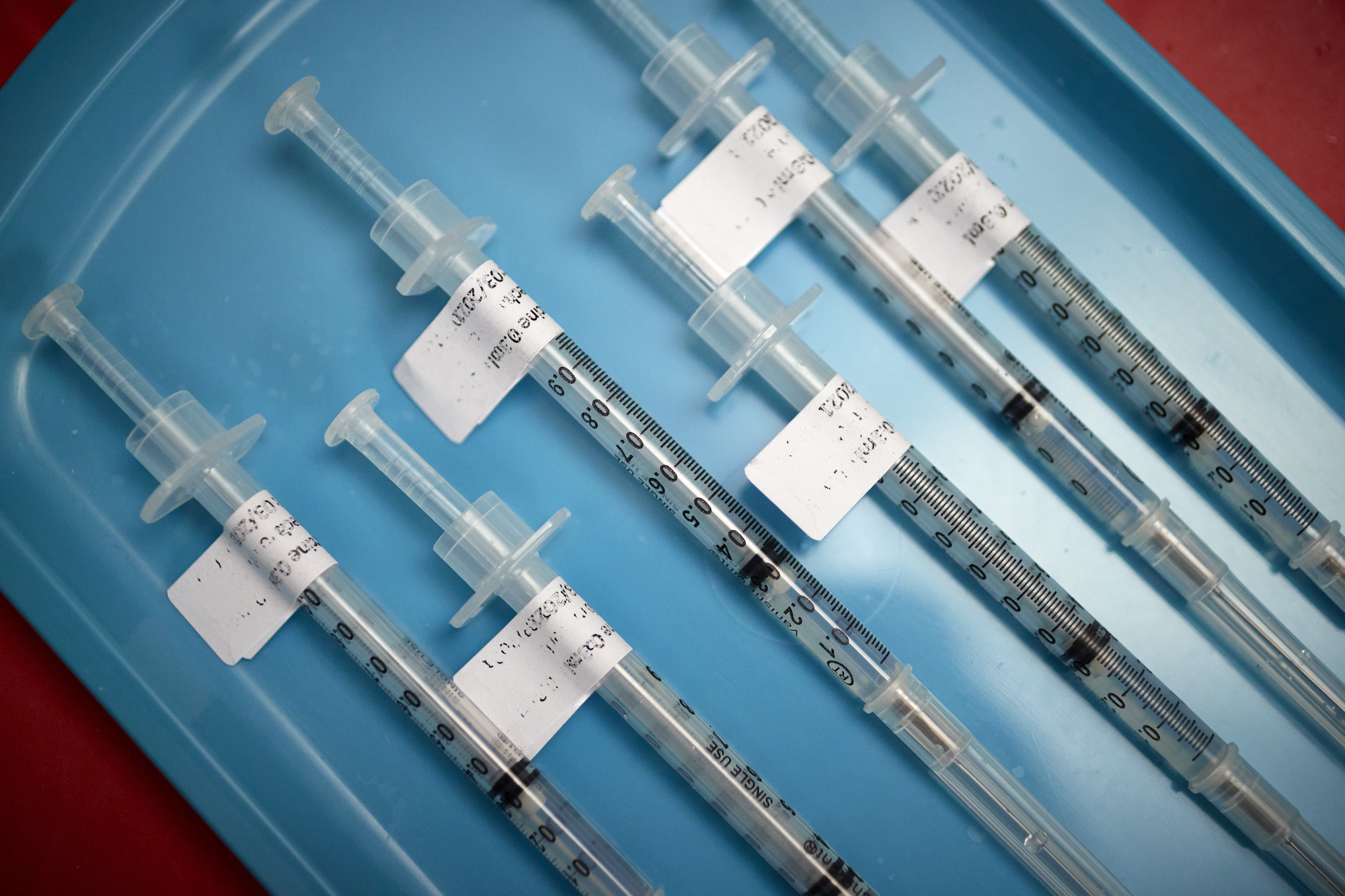
COVID-19 Vaccine Expert Available: Why You Should Sign up for Your Shot
The images are popping up on our social media feeds: pictures of friends, coworkers, and family members proudly displaying their COVID-19 vaccine card. One might have received Pfizer’s version. Another might have posted a celebratory confirmation of Moderna’s vaccine. It’s…
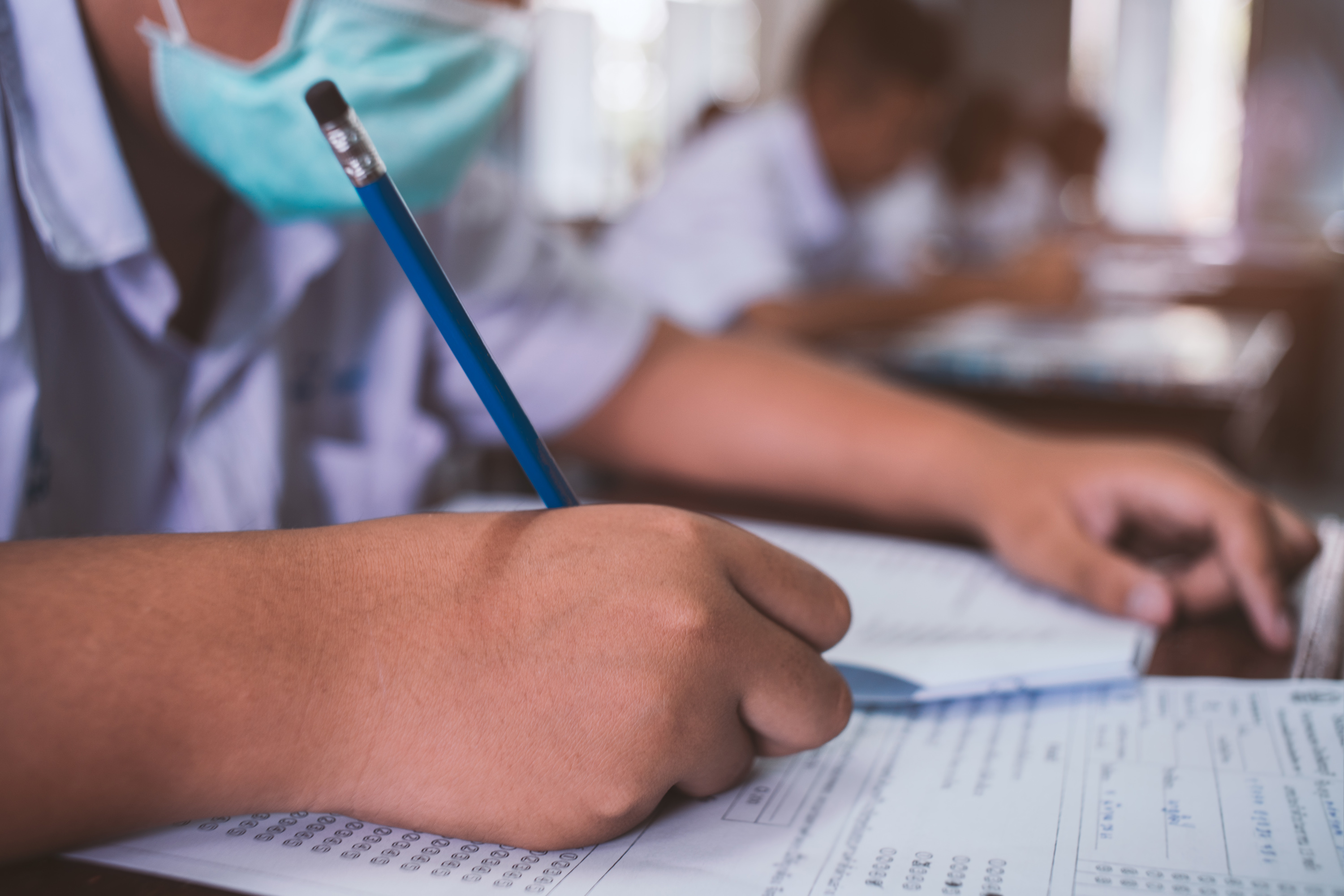
A Free App Can Help School and College Administrators Contain COVID-19 This Semester
With COVID-19 infection rates rising across the country as students return to school for the spring semester, how will schools and colleges control the spread? COVID Back-to-School can help. It’s a free online tool that predicts the outcome of taking…
The Richer You are, The More Likely You’ll Social Distance, Study Finds
The higher a person’s income, the more likely they were to protect themselves at the early stages of the Covid-19 pandemic in the United States, Johns Hopkins University economists find.
When it comes to adopting behaviors including social distancing and mask wearing, the team detected a striking link to their financial well-being. People who made around $230,000 a year were as much as 54% more likely to increase these types of self-protective behaviors compared to people making about $13,000.
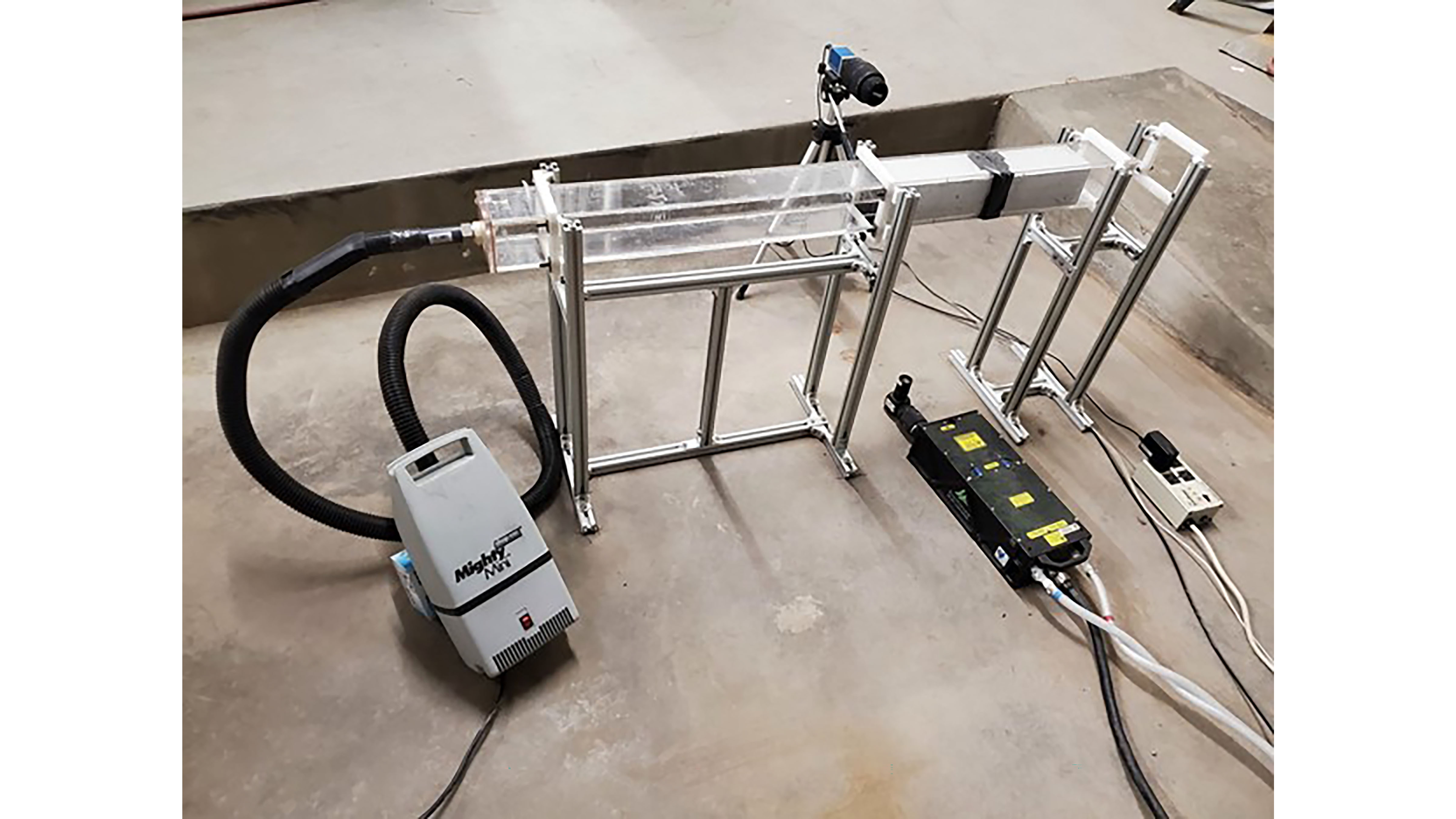
Masks Not Enough to Stop COVID-19’s Spread Without Distancing
Simply wearing a mask may not be enough to prevent the spread of COVID-19 without social distancing. In Physics of Fluids, researchers tested how different types of mask materials impacted the spread of droplets that carry the coronavirus when we cough or sneeze. Every material tested dramatically reduced the number of droplets that were spread. But at distances of less than 6 feet, enough droplets to potentially cause illness still made it through several of the materials.
Concern about loved ones might motivate people to mask up and get vaccine
In a recent survey, people who said social distancing and COVID-safety guidelines violated their personal freedoms responded more positively to these ideas when they felt a loved one might be at risk of severe illness for COVID-19.
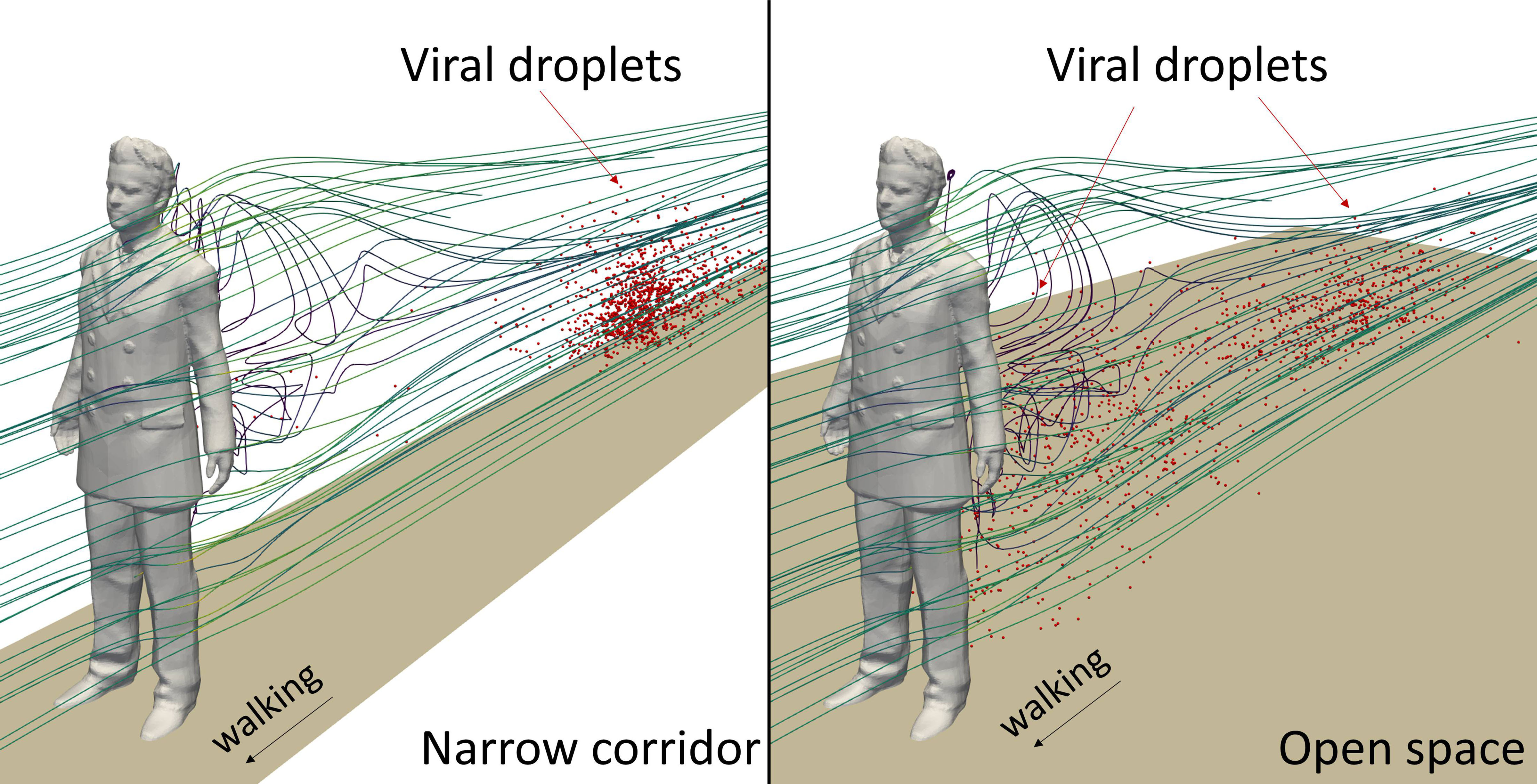
Fast Walking in Narrow Corridors Can Increase COVID-19 Transmission Risk
Simulations have been used to predict droplet dispersal patterns in situations where COVID-19 might be spread and results in Physics of Fluids show the importance of the space shape in modeling how droplets move. The simulations are used to determine flow patterns behind a walking individual in spaces of different shape. The results reveal a higher transmission risk for children in some instances, such as behind quickly moving people in a long narrow hallway.
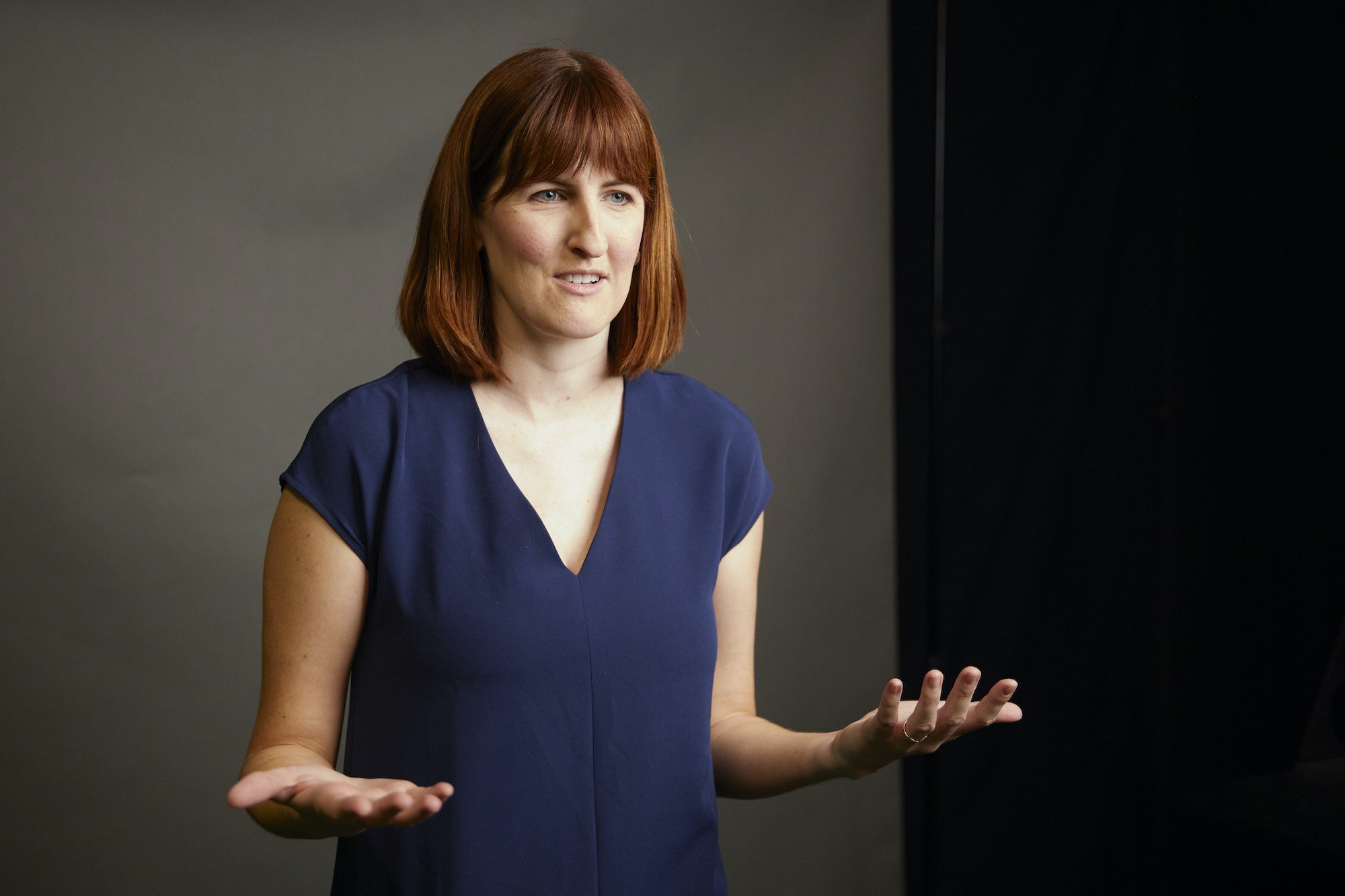
COVID-19 Crisis Communication Expert Available
In a world where conspiracy theories and political polarization abound, how does one effectively pull off double duty at battling against both the spread of COVID-19 and misinformation about it? For answers, we turned to Rebecca Rice, a UNLV Greenspun College of Urban Affairs professor who specializes in crisis communication.

Chicago neighborhoods with barriers to social distancing had higher COVID-19 death rates
New research has found that Chicago neighborhoods with barriers to social distancing, including limited access to broadband internet and low rates of health insurance, had more COVID-19 deaths in spring 2020. The study, led by researchers at the University of Illinois Chicago, is published in the Annals of Epidemiology.
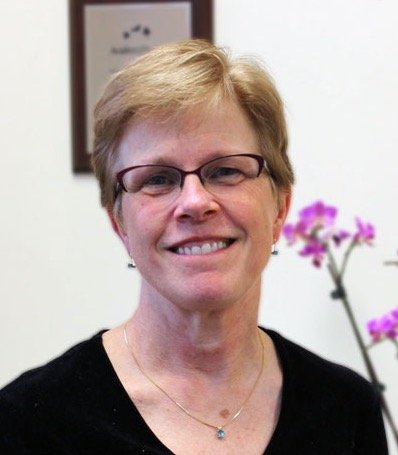
UW public health expert calls on state officials, citizens to defend and rebuild public health agencies
Even before the pandemic and disagreements over social restrictions recommended by public health officials across the state, public health agencies in Washington were struggling due to a lack of resources. In recent weeks, firings, resignations and death threats targeting local…
Experts: How to Navigate the Holiday Season During COVID-19
ALBANY, N.Y. (Nov. 24, 2020) – The 2020 holiday season will be like no other. With COVID-19 cases surging around the country and officials fearing further increases due to anticipated group gatherings around the holidays, the University at Albany has…
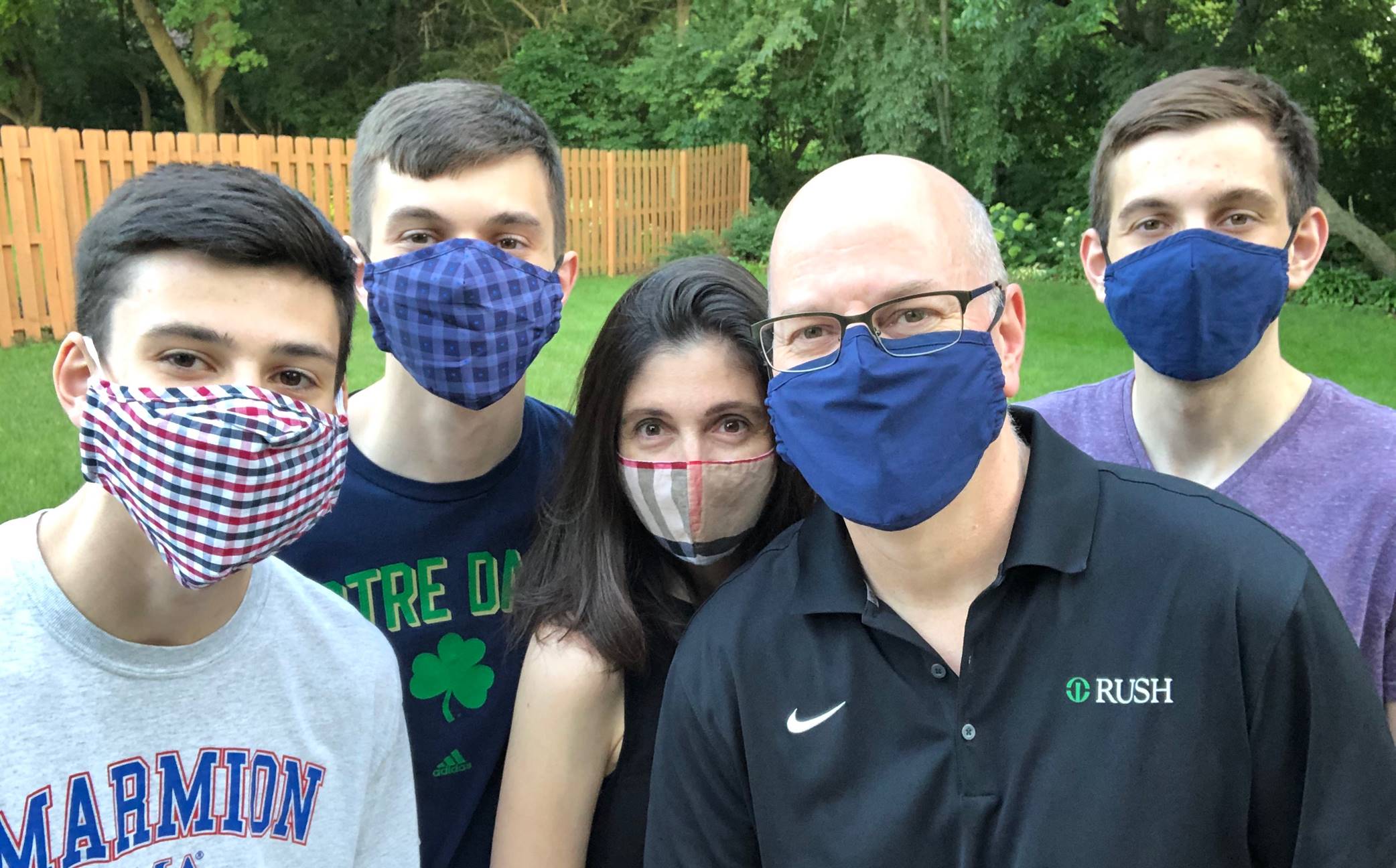
Rush University System for Health joins national campaign to #MaskUp
100 of the nation’s top health care systems, representing thousands of hospitals in communities across the U.S., have come together with an urgent plea for all Americans — mask up, because wearing a facemask is our best chance at slowing the surging COVID-19 pandemic now.
Surgeon General expects COVID-19 vaccine to be available by year’s end
In a wide-ranging talk with UCLA Health physicians, Wednesday, Oct. 28, United States Surgeon General Jerome Adams, MD, MPH, addressed the politicization of the pandemic and the means of containing the spread of COVID-19. He also offered hope that a vaccine for the virus will be available by year’s end.
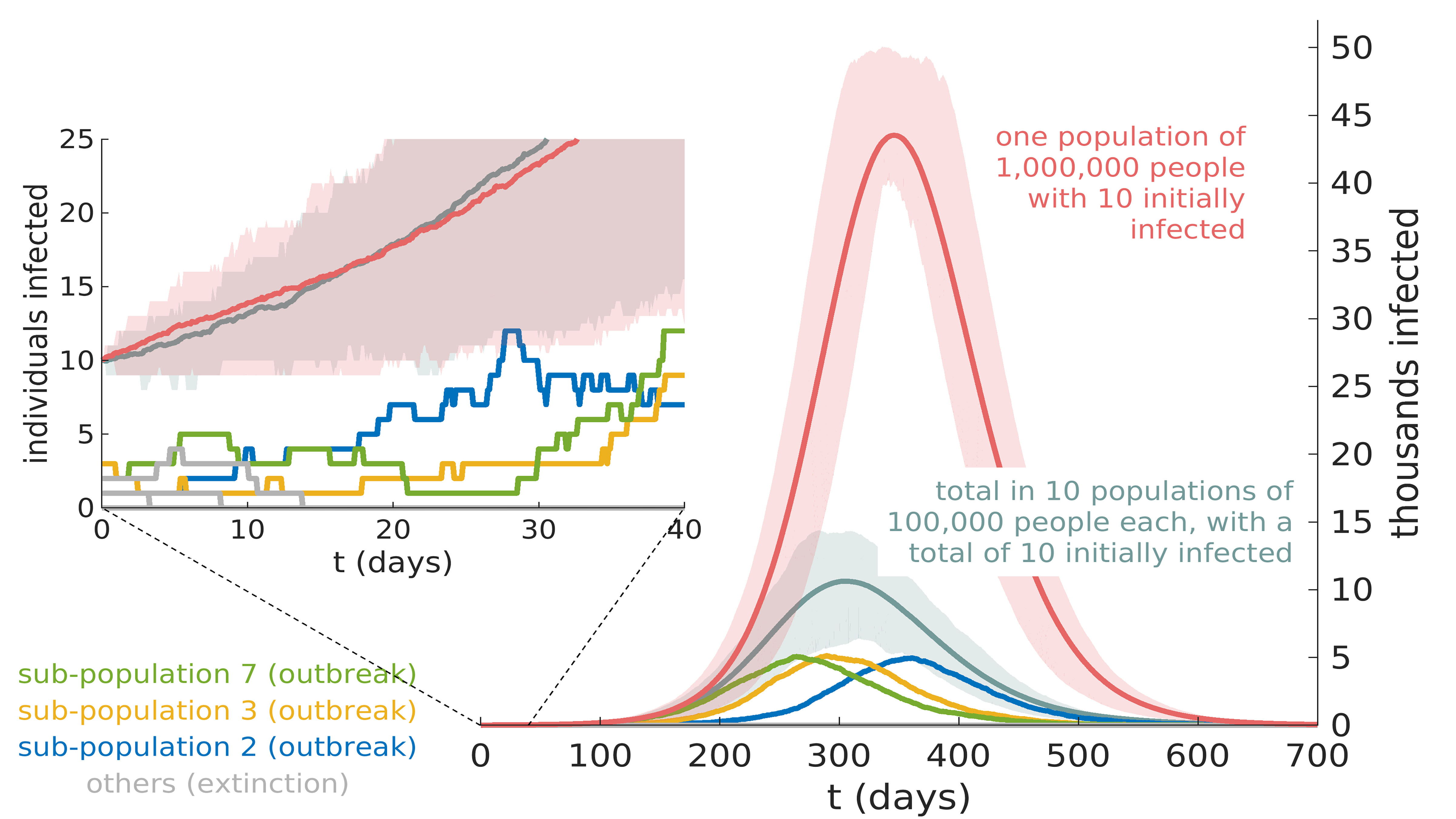
Random Effects Key to Containing Epidemics
To control an epidemic, authorities will often impose varying degrees of lockdown. In the journal Chaos, scientists have discovered, using mathematics and computer simulations, why dividing a large population into multiple subpopulations that do not intermix can help contain outbreaks without imposing contact restrictions within those local communities. When infection numbers are high, random effects can be ignored. But subdividing a population can create communities so small that the random effects matter.
For vampire bats, social distancing while sick comes naturally
New research shows that when vampire bats feel sick, they socially distance themselves from groupmates in their roost – no public health guidance required.
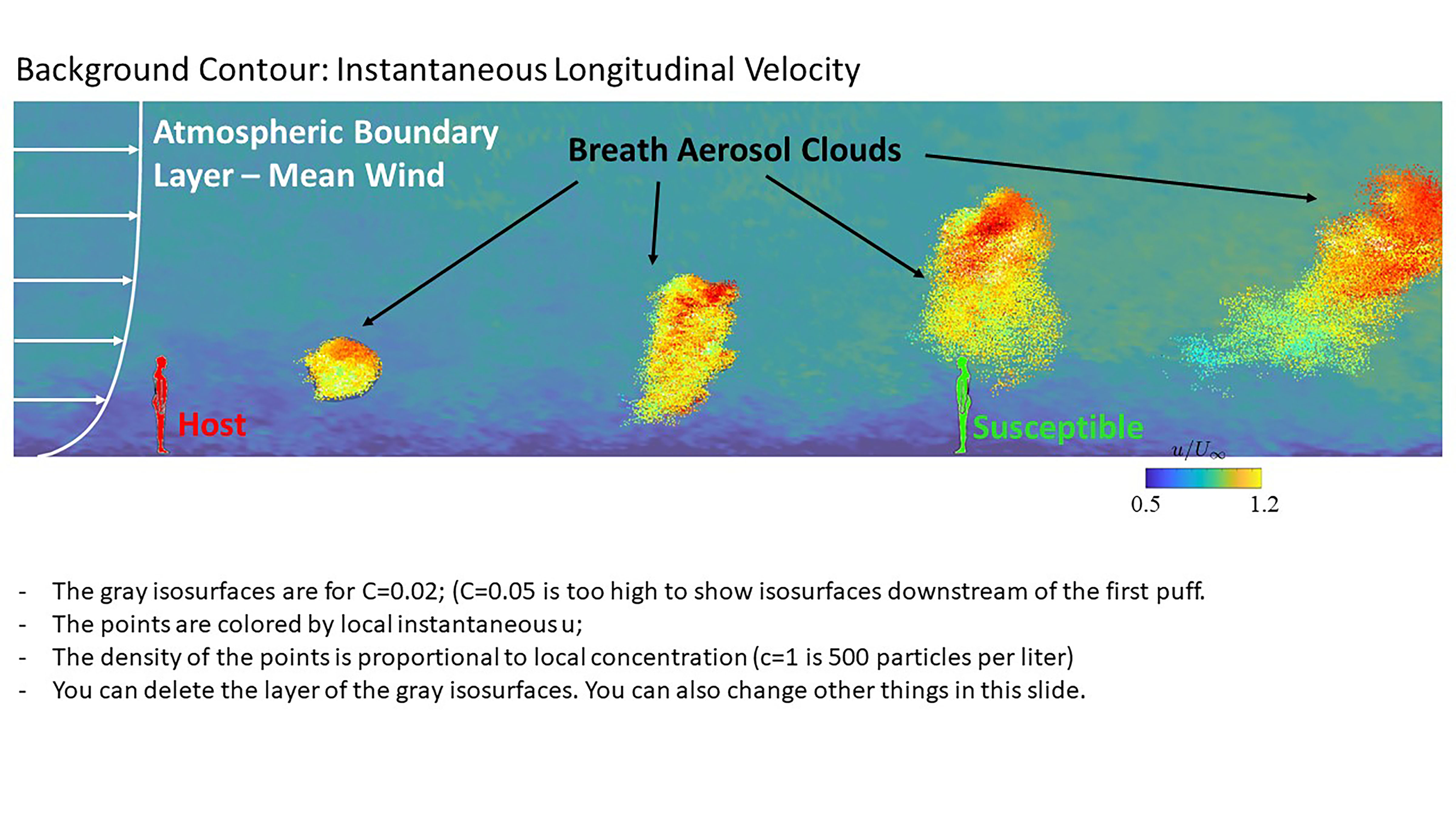
Estimating Risk of Airborne COVID-19 with Mask Usage, Social Distancing
In Physics of Fluids, researchers used a model to understand airborne transmission that is designed to be accessible to a wide range of people, including nonscientists. Employing concepts of fluid dynamics and factors in airborne transmission, they propose the Contagion Airborne Transmission inequality model. While not all factors may be known, it can still be used to assess relative risks. The researchers determined protection from transmission increases with physical distancing in an approximately linear proportion.
Tips for voting safely during a pandemic
Voting is one of the most important things citizens get to do. University of Chicago Medicine Infectious Diseases Specialist Dr. Mai Tuyet Pho explains how to vote safely amid a global pandemic.
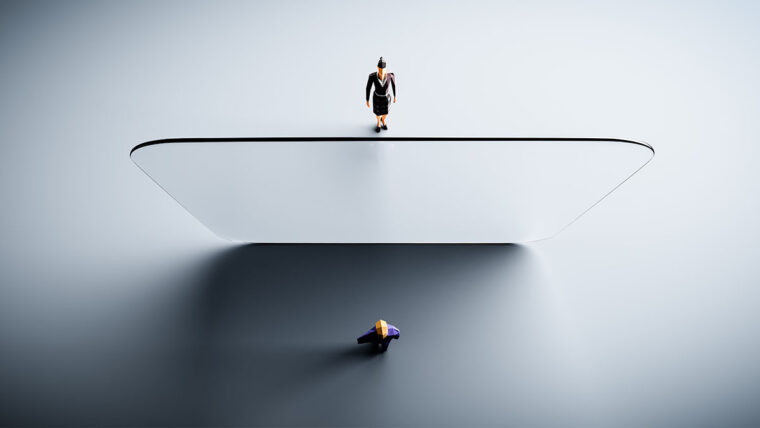
WashU Expert: Forget plexiglass, debaters just need 4.5 feet, smart airflow
Two people, facing each other, talking — let’s call it “excitedly” — are probably the most important ingredients for a debate. They are also a recipe for disaster if one of those two people has a highly contagious virus that has been shown time and again to be transmitted through the air.Taking a cue perhaps from South Carolina Sen.
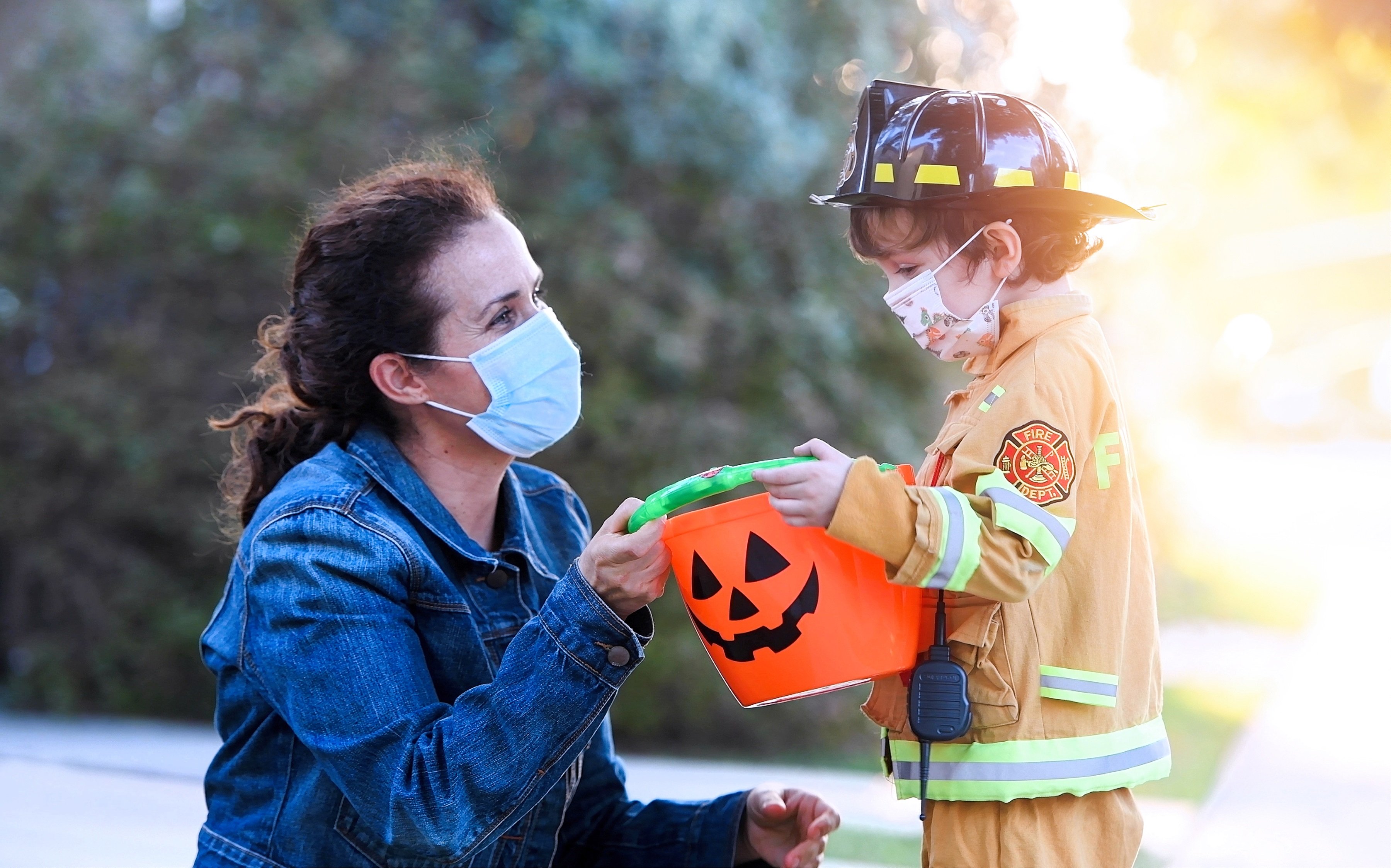
Trick-or-treat for Halloween? Here’s What You Need to Know
Terry Adirim, M.D., M.P.H., M.B.A., in FAU’s Schmidt College of Medicine, provides answers to some of the most frequently asked questions and offers helpful tips regarding COVID-19 and “trick-or-treating” during the pandemic.
American University Welcomes Dr. Anthony Fauci to Family Week
Dr. Anthony Fauci discusses COVID-19 in wide-ranging conversation with American University President Sylvia Burwell.
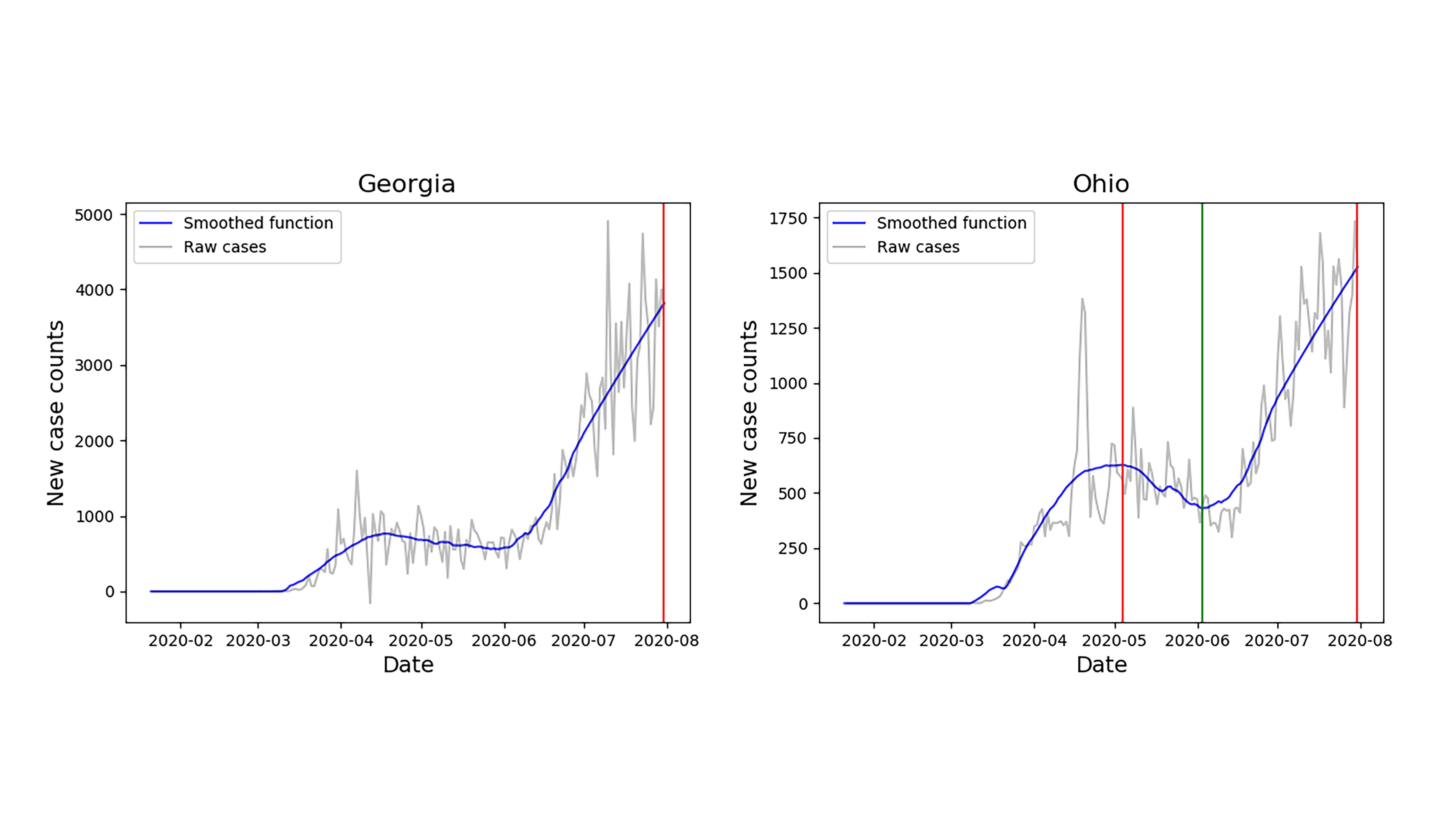
COVID-19: Second Wave for Some; Others Remain in First Wave
As the COVID-19 pandemic continues, some locations have experienced decreasing numbers of cases followed by an increase. In the journal Chaos, mathematicians report a method to analyze these numbers for evidence of a first or second wave. The authors studied data from all 50 U.S. states plus D.C. for the seven-month period from Jan. 21 to July 31. They found 31 states and D.C. were experiencing a second wave as of the end of July.

Face masks, reduced capacity critical when reopening K-12 schools in Indiana, according to new study
A new study by researchers at Notre Dame cautions that K-12 schools reopening to full capacity with little to no compliance of safety measures such as face masks could drive infections up to an estimated 2.49 million in Indiana alone, with more than 9,000 deaths by the end of 2020.
COVID-19 STUDY LINKS STRICT SOCIAL DISTANCING TO MUCH LOWER CHANCE OF INFECTION
Using public transportation, visiting a place of worship, or otherwise traveling from the home is associated with a significantly higher likelihood of testing positive with the coronavirus SARS-CoV-2, while practicing strict social distancing is associated with a markedly lower likelihood.